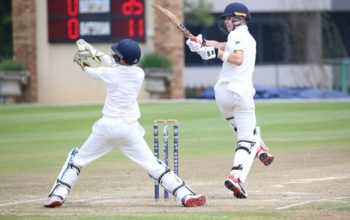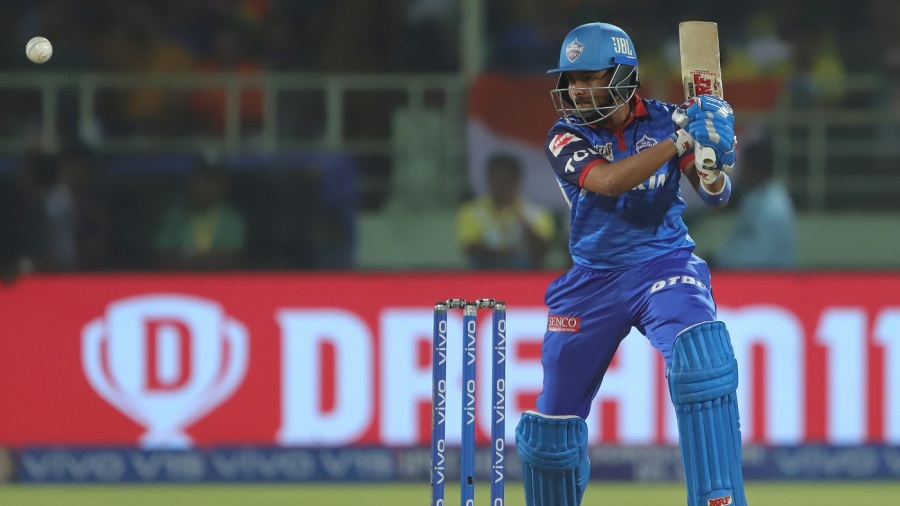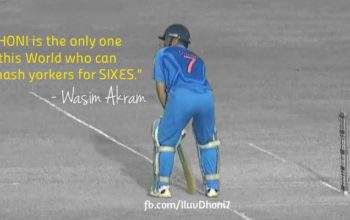The Duckworth-Lewis method, which is used for revising targets in abridged ODIs, is an intricate solution — certainly the best at the moment — to a complex problem. The Hindu attempts to throw light on it by answering some of the key questions:

What principle does the method work on?
The D/L method works on the basis that teams have two resources to make runs with: the number of overs to be bowled and the number of wickets in hand. From any point in an innings, a team’s ability to make further runs depends on a combination of both resources.
When a match is shortened, the resources of one or both teams are affected. The D/L method sets targets based on the relative resources available to the teams.
Why does the team batting second sometimes have to score more runs than the team batting first in the same number of overs? Why for instance was England chasing 198 in the fourth ODI at Bangalore and not India’s 166?
Duckworth and Lewis, who have answered a series of frequently answered questions on the ICC’s website, say: “When the interruption occurs during the first innings, so that the match is shortened to one of fewer overs per side than it was at its start, Team 1 (side batting first) are usually more disadvantaged than Team 2 (side batting second). Before the stoppage they had been pacing their innings in the expectation of receiving say 50 overs and would not have taken the risks of scoring as fast as they would have done had they known their innings was to be shortened.
“Team 2, on the other hand, know from the start of their innings that they have the reduced number of overs and can pace their entire innings accordingly. Team 2 are set a higher target to compensate Team 1 for this disadvantage.”
Why does the team batting second sometimes have to score fewer runs than the side batting first in the same number of overs when the first innings is interrupted?
Duckworth and Lewis say that their method “makes appropriate allowance for the comparative resources lost by the stoppage” during first-innings interruptions. They explain with the following example: “Suppose Team 1 started well in the style of the renowned Sri Lankan 1996 World Cup winning team but the wheels fell off and they were 150/9 in 30 of the 50 overs. On average Team 1 would be all out shortly, leaving Team 2 to score at the rate of around 3 per over for their full 50 overs.
“If rain interrupted play at this point and 19 overs were lost per side, then on the resumption Team 1 would have only one over to survive and their run rate would then be close to 5 per over. By all the ‘old’ methods, for 31 overs also, Team 2 would have to score around 150, around 5 per over, to win — in other words Team 1 would have been greatly advantaged by the rain interruption changing a required scoring rate of 3 per over to 5 per over for Team 2.
“By the D/L method, this advantage to Team 1 would be neutralised so that the target for Team 2 would be well below 150 in this circumstance, and fairly so, which maintains the advantage Team 2 had earned before the stoppage.
“In other words, and quite logically, Team 2 have to get fewer runs than Team 1 scored to win in the same number of overs.”
Is a computer needed to determine targets in international matches?
The Standard Edition of the D/L method — in use before 2004 — needed no more than a calculator and a set of tables that listed the resources remaining. The calculations required to arrive at the target were performed by consulting the tables.
A criticism of the Standard Edition was its use of a quantity known as G50, the average score in a one-day match. Critics claimed that G50 would differ from ground to ground. The Professional Edition, which is used in international cricket these days, doesn’t have the G50. But it requires a computer program.
For more information on the D/L method, including worked examples of revising targets, visit http://icc-cricket.yahoo.com/about-icc/rules-regulations.html. To read Duckworth and Lewis’s FAQ, go to http://icc-cricket.yahoo.com
Have a good day….
this snippet is from The Hindu dated 25th November 2008.
Related Posts











